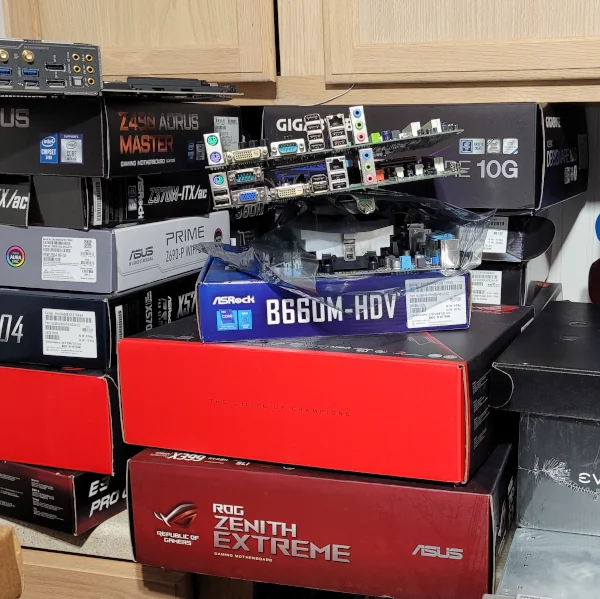NVIDIA vs. AMD Linux Gaming Performance For End Of May 2021 Drivers

The latest AMD Radeon RX 6000 "RDNA2" and NVIDIA RTX 30 "Ampere" graphics cards were tested based on the cards I have available.
Off an Ubuntu 21.04 install, on the NVIDIA side was the NVIDIA 465.31 latest driver while on the AMD side their newest open-source stack is made up of using Linux 5.13 Git and Mesa 21.2-devel via the Oibaf PPA.
The AMD Radeon RX 6000 and NVIDIA GeForce RTX 30 series continue having quite healthy competition under Linux... It's amazing how far the open-source AMD driver stack has come in the past few years when it comes to performance. Granted, the RADV open-source Vulkan driver stack nor AMDVLK do not yet support Vulkan ray-tracing, but aside from that tend to be in fairly good standing. If looking at the geometric mean across a variety of Linux native and Steam Play (Proton) games:
Continue seeing all the individual Linux gaming benchmark figures for these graphics cards as well as various GPU power consumption / perf-per-Watt figures via this OpenBenchmarking.org result file. From there you can also generate your own performance-per-dollar metrics and other analysis from our open-source benchmarking software.
22 Comments

